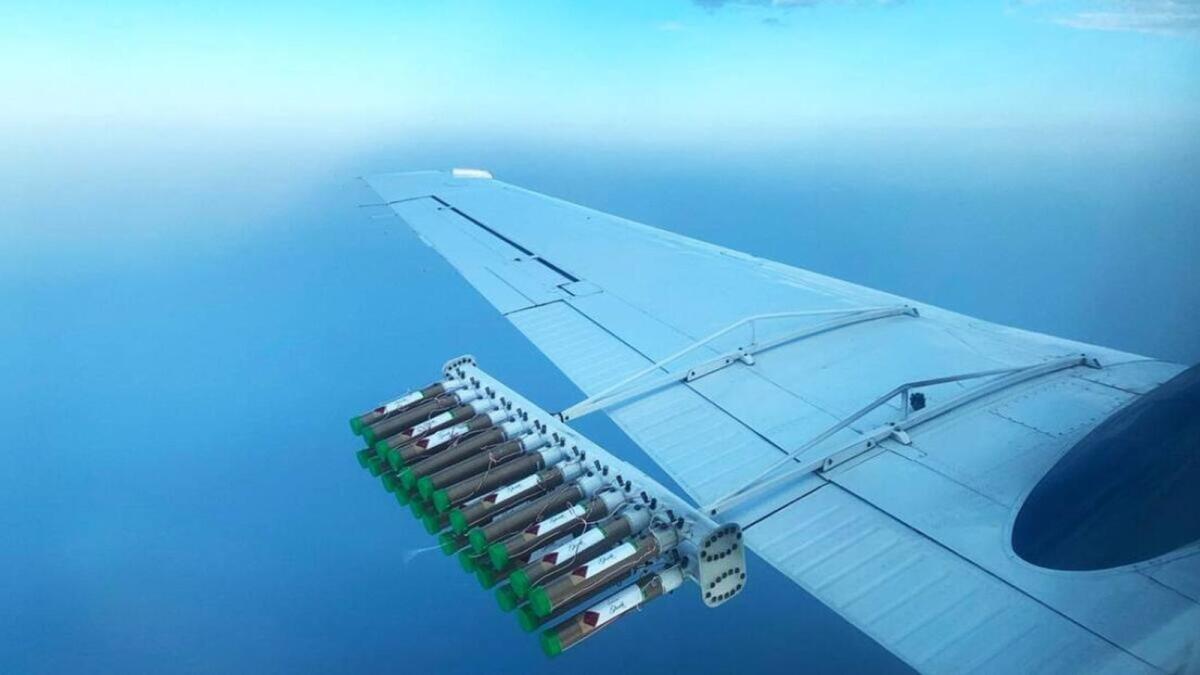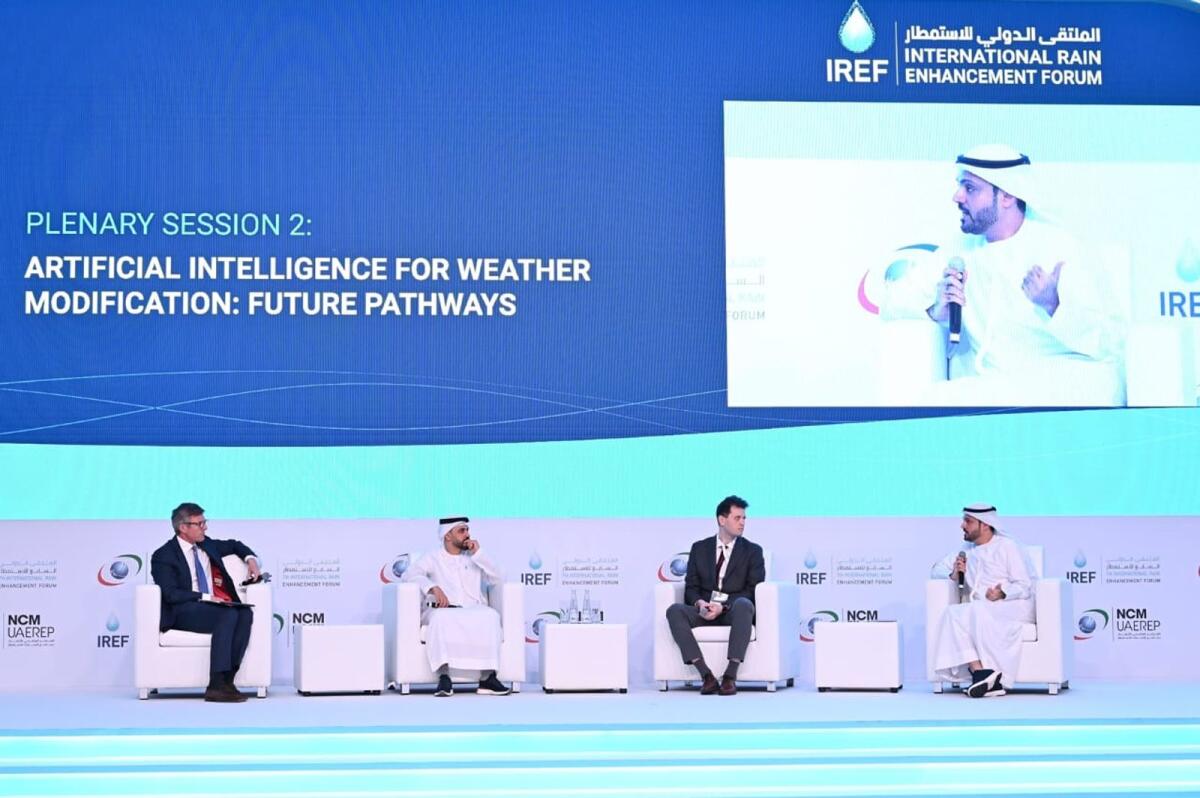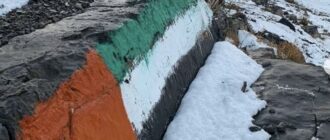
AI can contribute to tackling water scarcity in the region by enhancing weather modification through optimising techniques, improving predictions, and reducing unintended consequences.
This idea was echoed by experts at the 7th International Rain Enhancement Forum (IREF), which kicked off in Abu Dhabi on Tuesday.
The forum explored the diverse applications of AI, emphasising its potential to strengthen climate adaptation strategies and support weather modification initiatives.
Stay up to date with the latest news. Follow KT on WhatsApp Channels.
AI can provide precise weather forecasts
AI models, particularly deep learning networks, can analyse vast amounts of meteorological data to provide precise weather forecasts. These predictions help in identifying conditions ideal for weather modification, such as cloud seeding and tracking the movement and intensity of weather systems to determine intervention points.

Hasan Al Hosani, managing director, Bayanat, Space42, said, “We are shifting from merely reacting to a more proactive approach — predicting, analysing, and even inducing changes that positively impact our environment. One of the steps is understanding our environment, such as monitoring water temperature and tracking the migration patterns of species like albatrosses, which travel between continents. Changes in water temperature signal shifts in marine life distribution, and sometimes these birds alter their migration paths.”
AI in marine research program
He added, “The question is…are we connecting these dots? Bird migration alone may not seem directly tied to climate change, but when viewed alongside other environmental factors and data points, a larger picture emerges. This is where AI can play a transformative role by expediting and accelerating the process of connecting these complex variables to generate actionable insights.”
Bayanat highlighted that there are numerous aspects that can be explored under this ambit.
“For instance, as part of our marine research program in collaboration with the Environmental Agency of Abu Dhabi, we are examining water temperature changes and their impact on marine life. Additionally, through our partnership with OceanX, we have conducted research on microplastics, studying their presence and evolution in various areas of our oceans. While these topics may not be directly tied to climate change, they undeniably have an influence. This is where the power of AI becomes transformative. By creating a network of insights, AI can provide a deeper understanding and uncover connections beyond what traditional methods of data analysis can achieve.”
How does AI help in cloud seeding?
Similarly, in cloud seeding, the lifespan of clouds is relatively brief, so rapid decision-making is essential. AI can support forecasters by identifying specific parameters and determining the best locations within the clouds for seeding.
Currently, these tasks are done manually. With AI, operators can analyse important cloud features and make more informed decisions, guided by AI recommendations on where to focus their efforts.
Abdulla Al Mandous, director-general of the National Centre of Meteorology (NCM) and President of the World Meteorological Organisation (WMO), said:
“We are utilising AI for modelling and forecasting seedable clouds. While we are also testing drones, they are not yet operational. AI proves highly effective for cloud seeding by optimising operations, maximising the potential of each cloud, and pinpointing the most suitable locations for seeding activities. It enables precise identification of the best areas for conducting these operations.”

Dr Abdulla Al Mandous
ALSO READ:
- UAE: How firms are using AI to improve diagnosis by up to 99%, enhance patient care
- Dubai authority 'hires' AI employees that complete 24-hour tasks in 2 minutes
- AI can identify women at risk of breast cancer years in advance, reveals study










